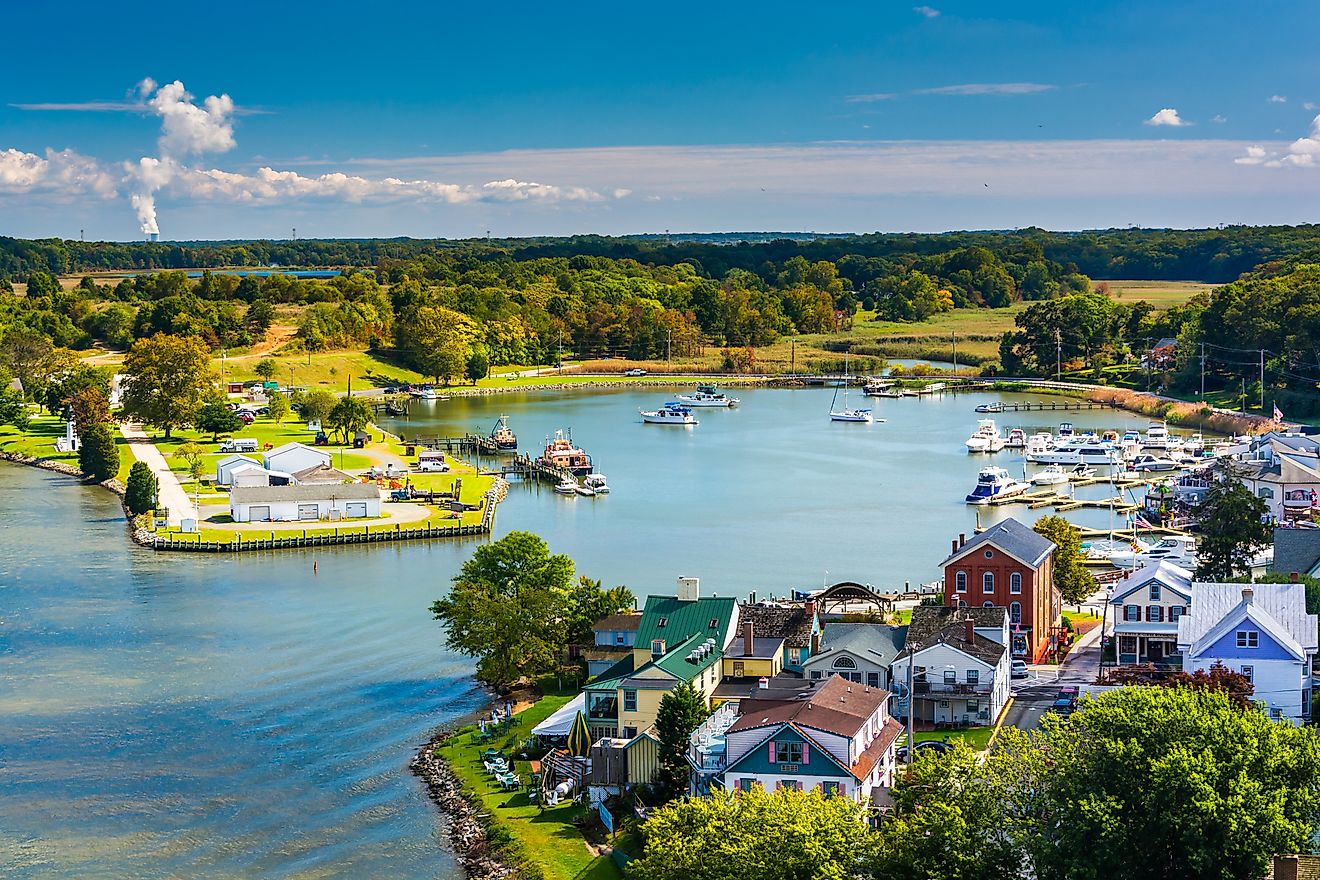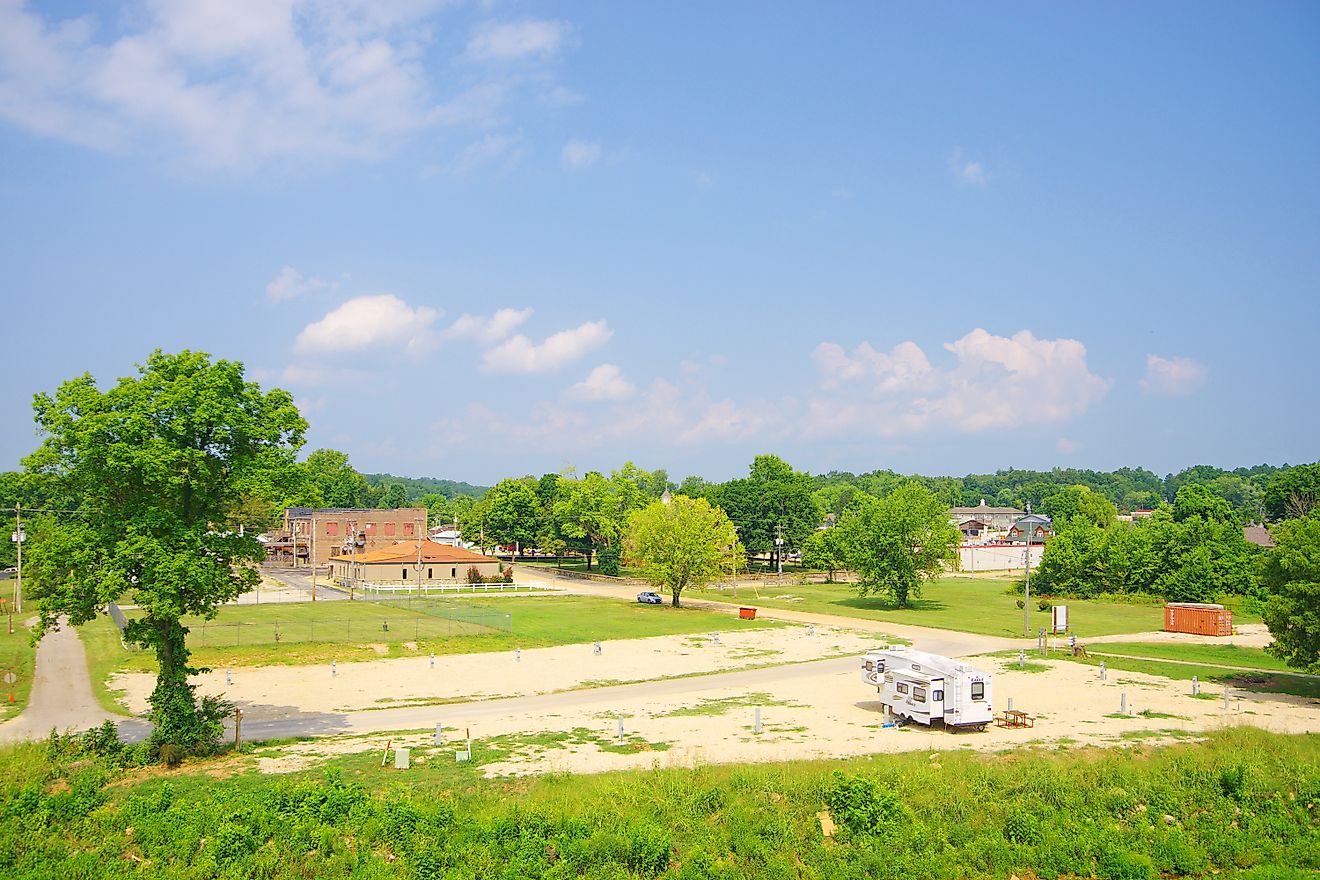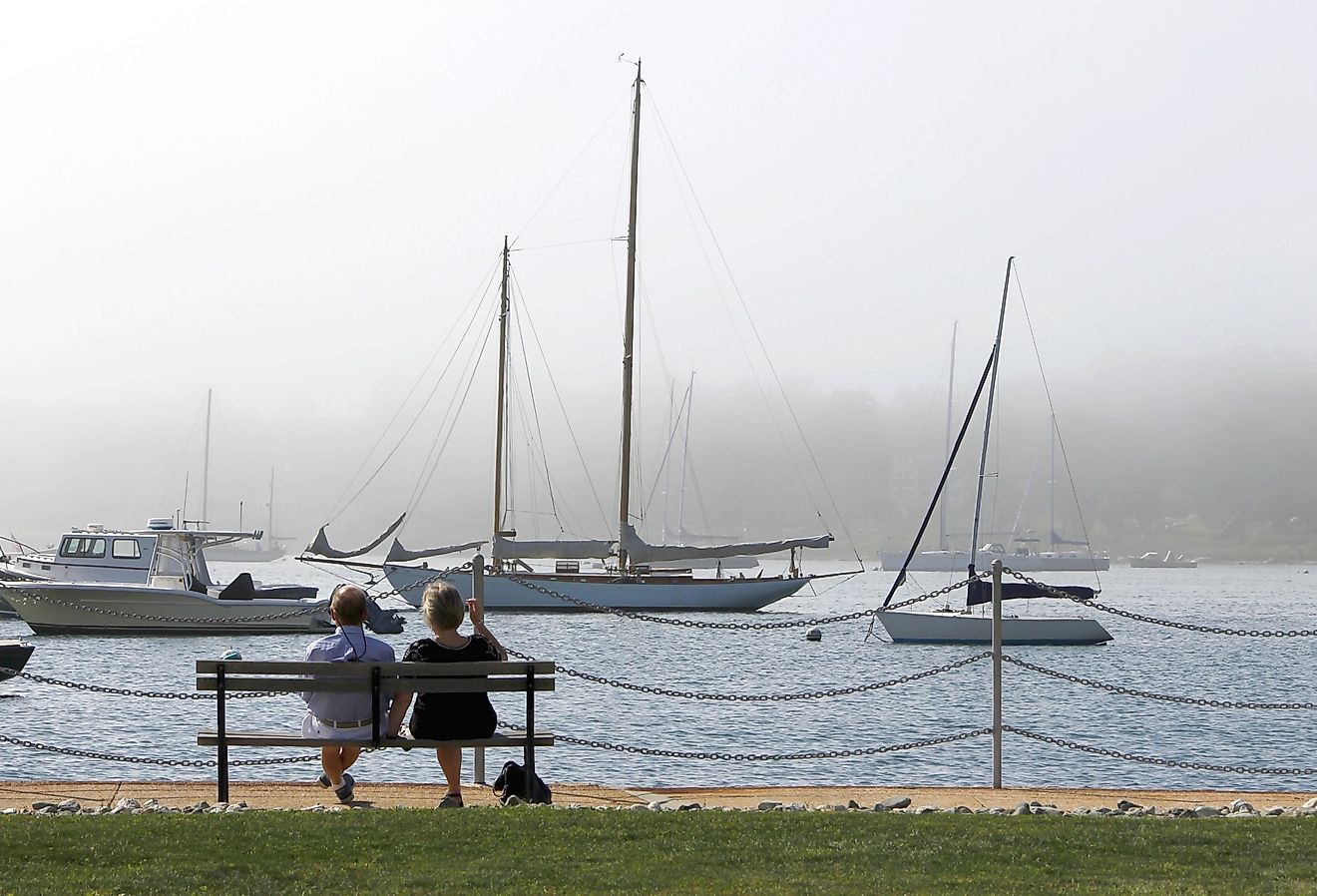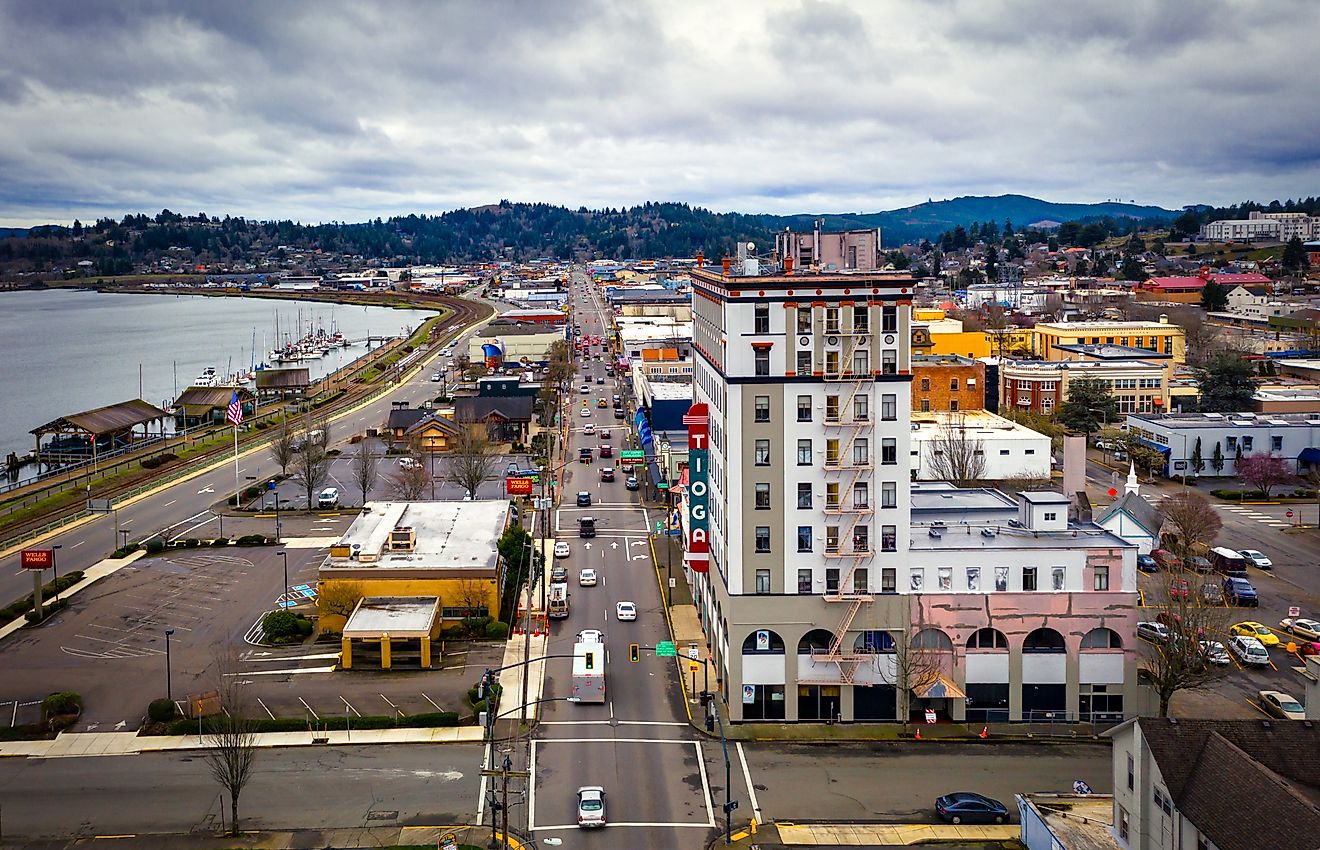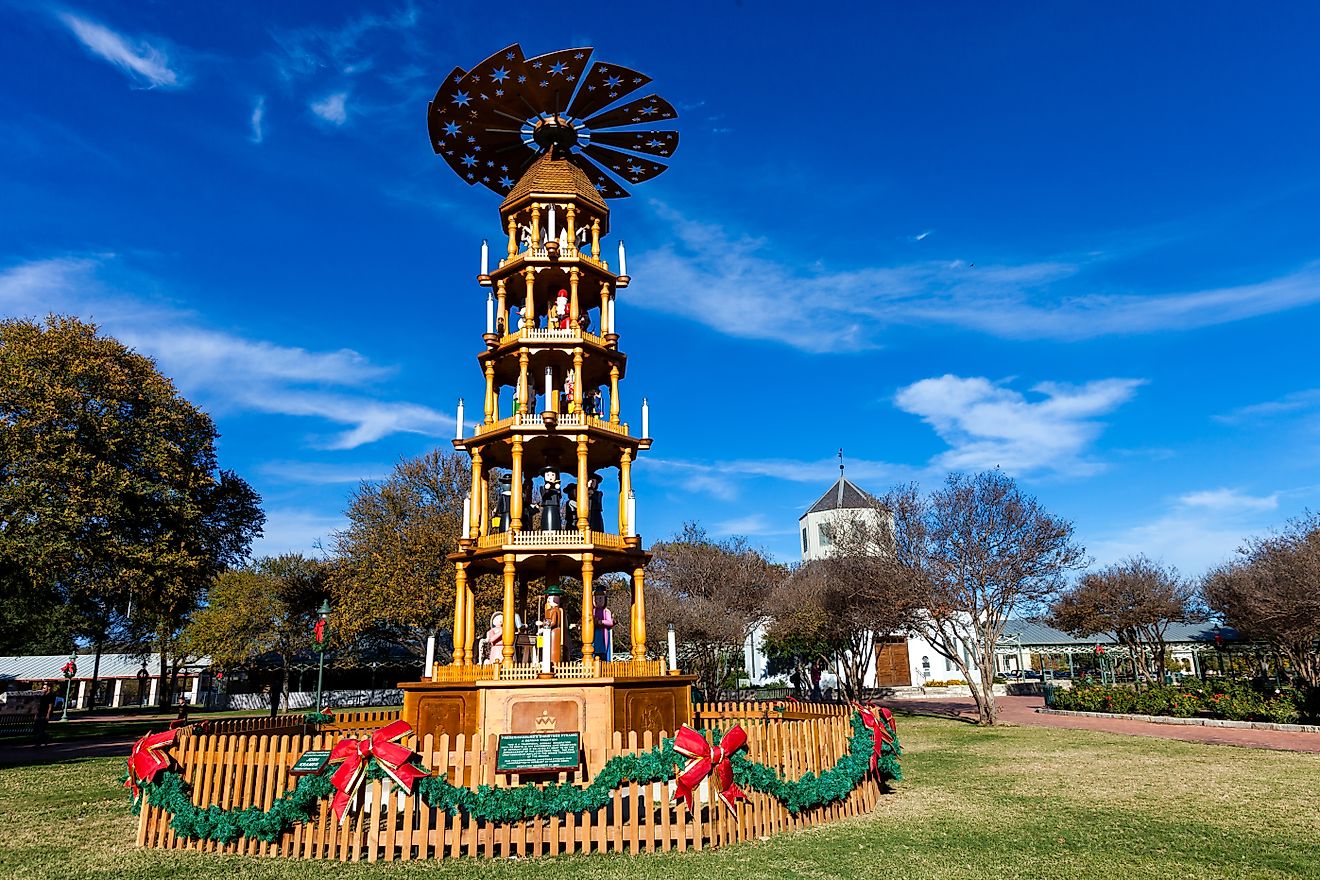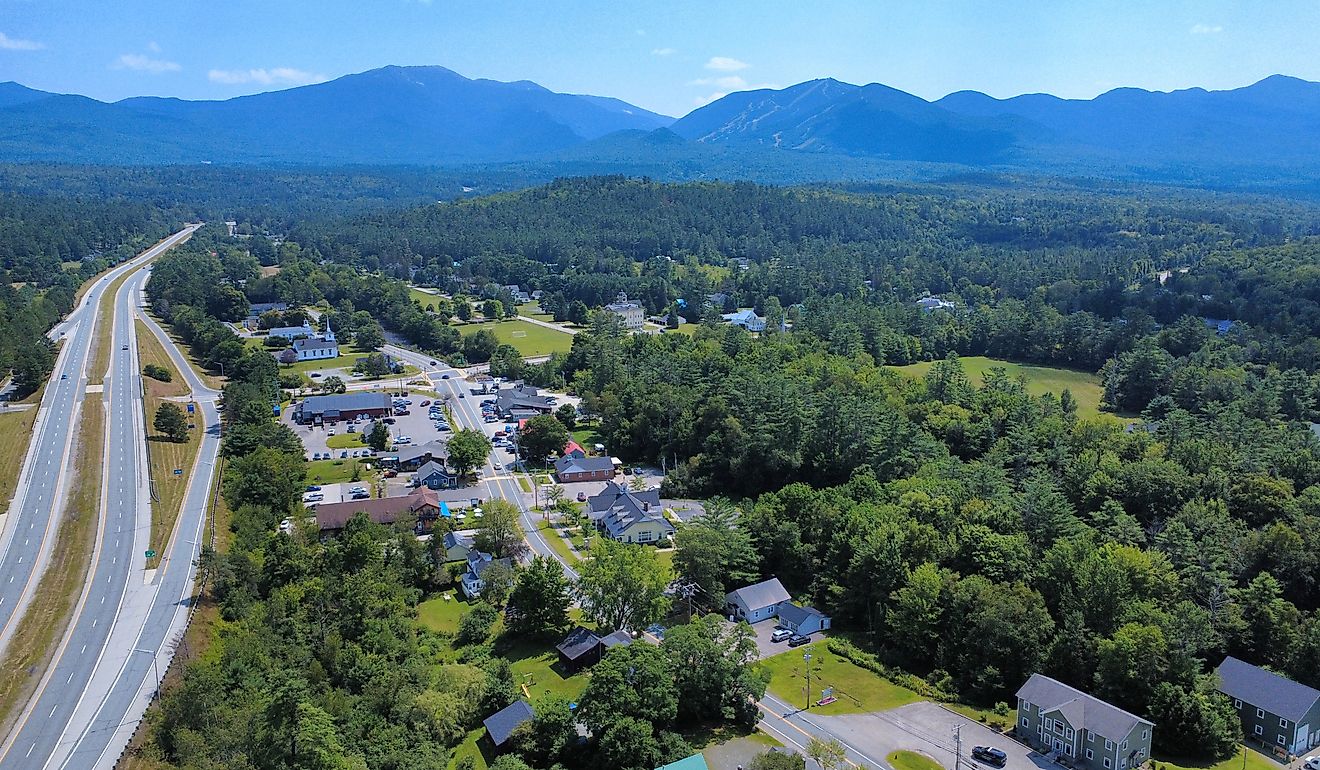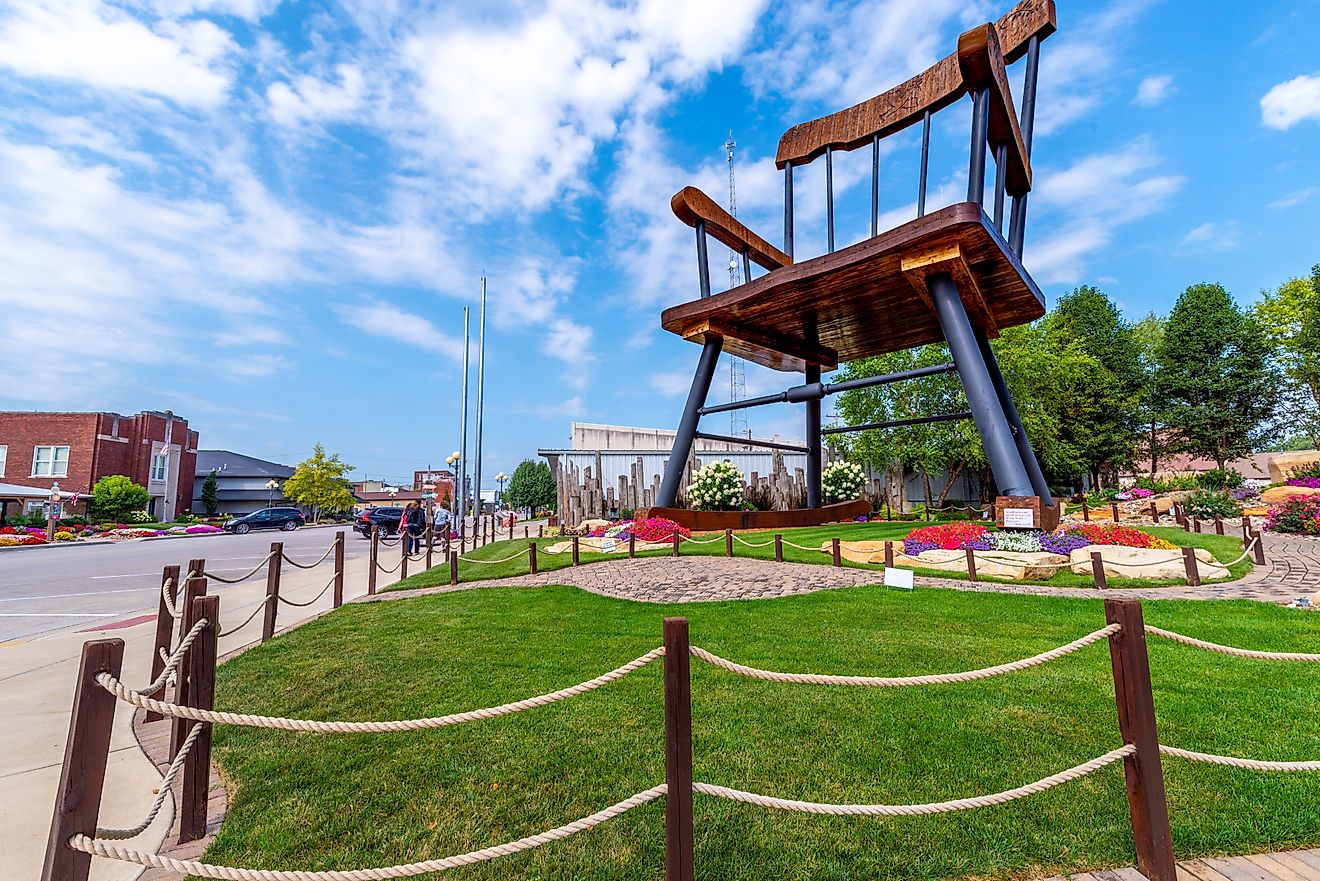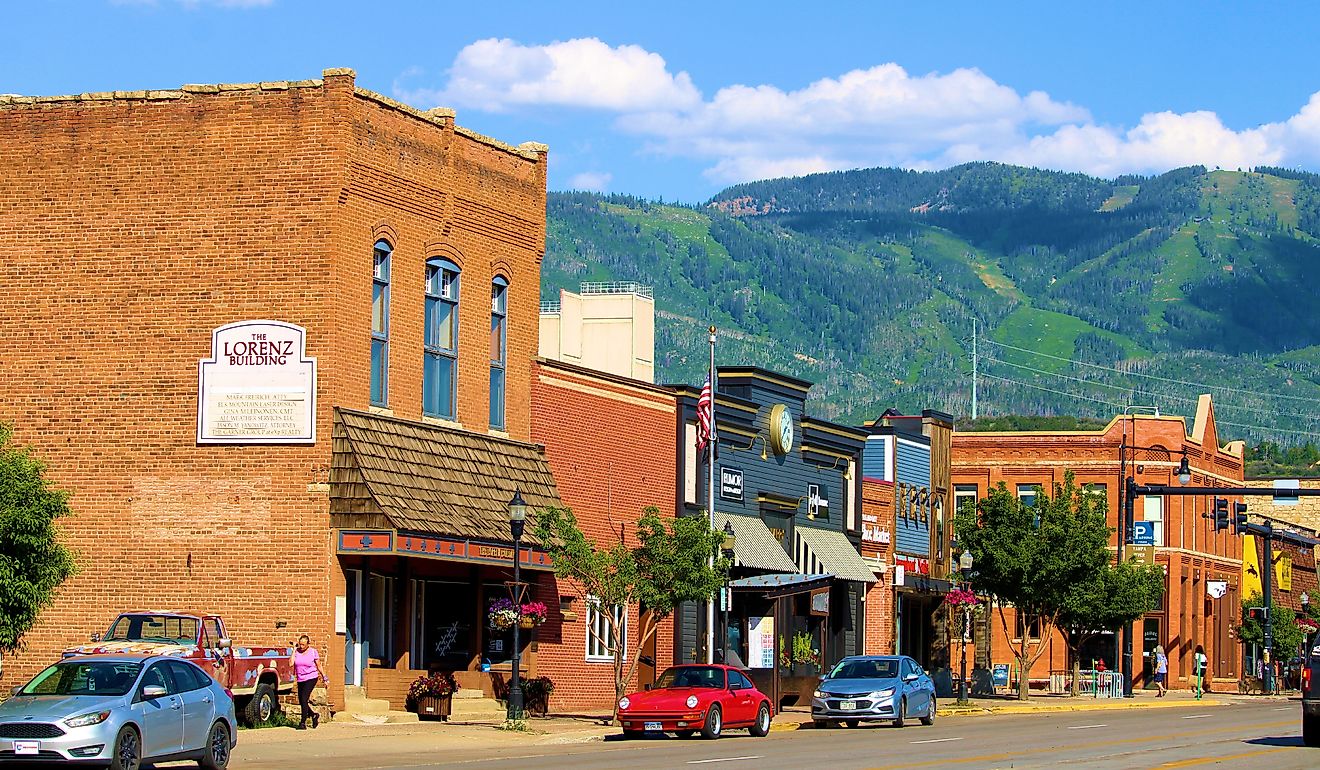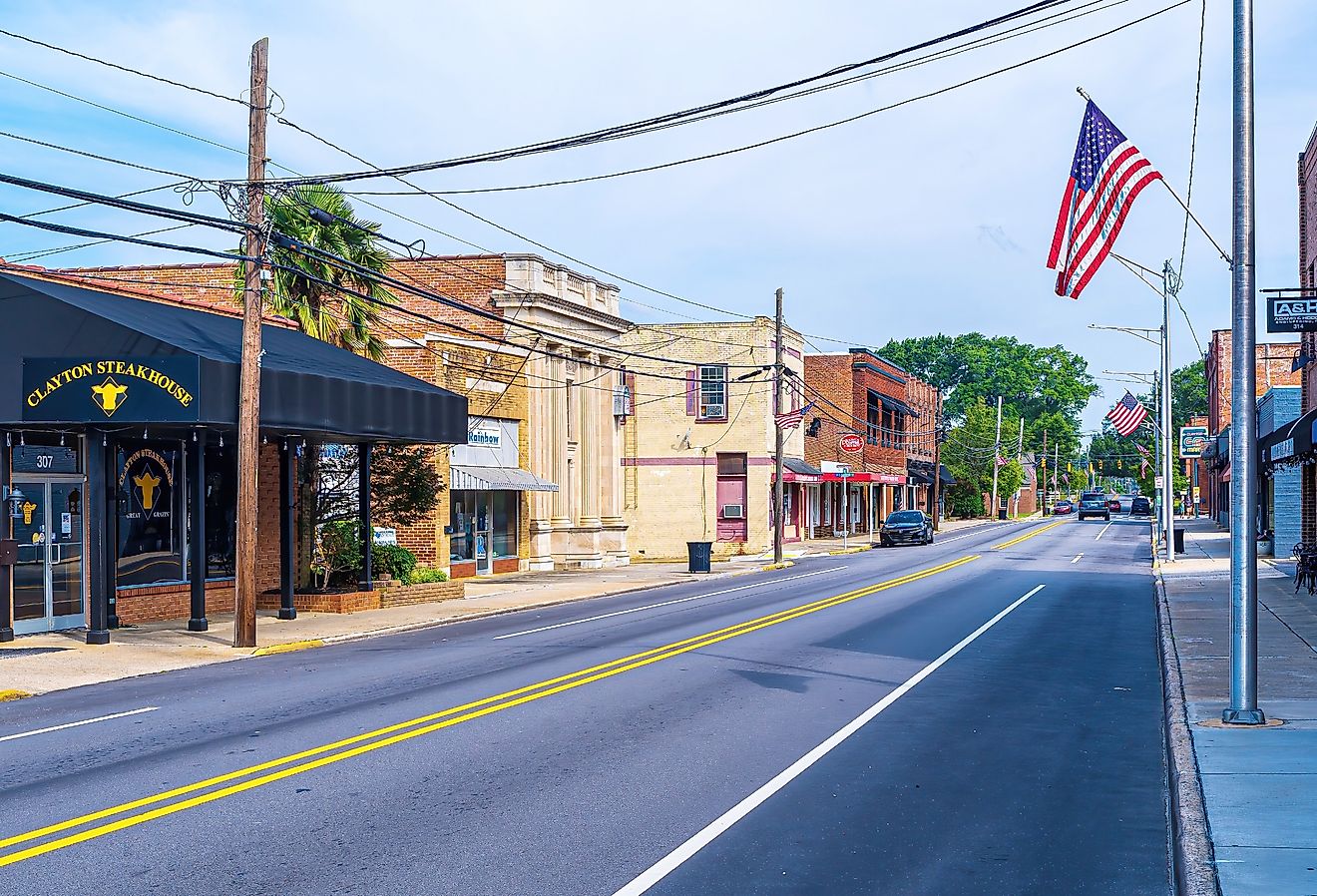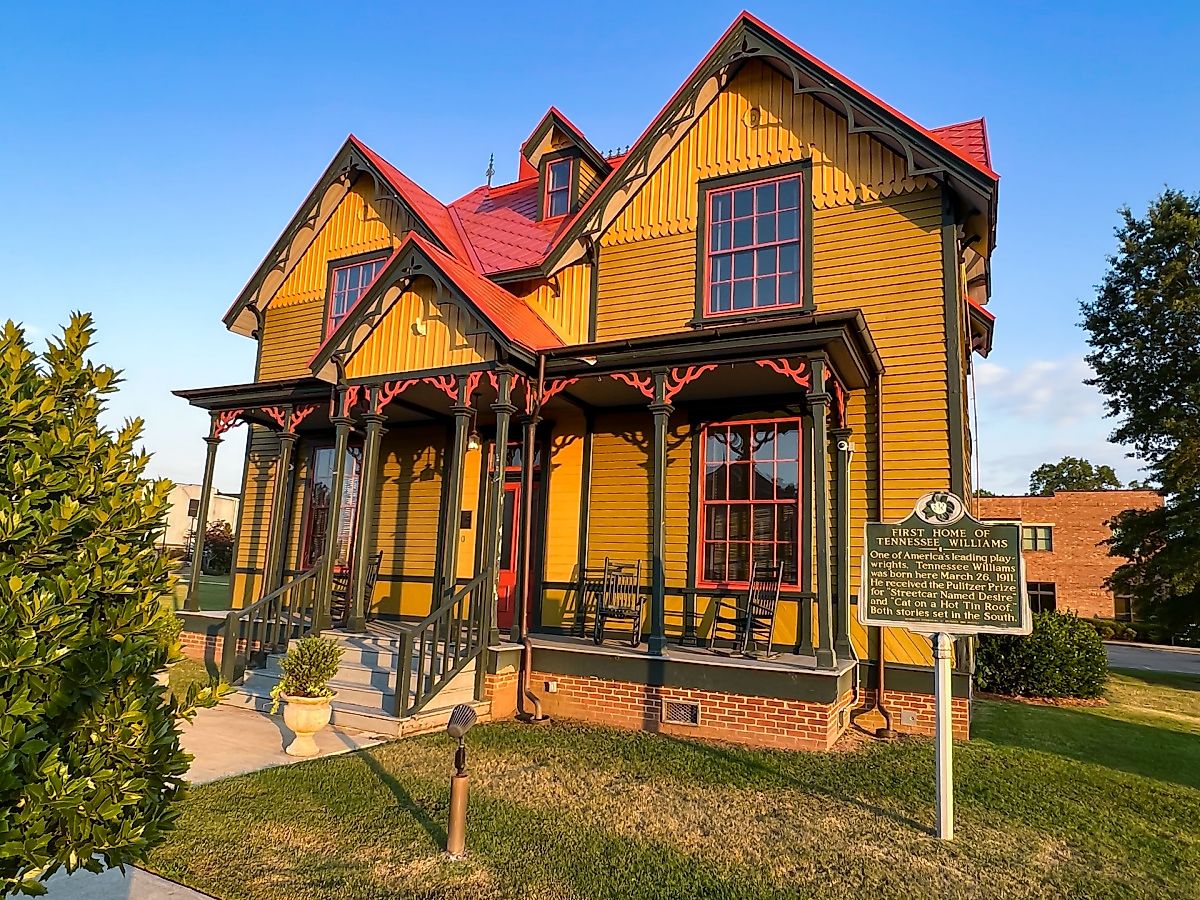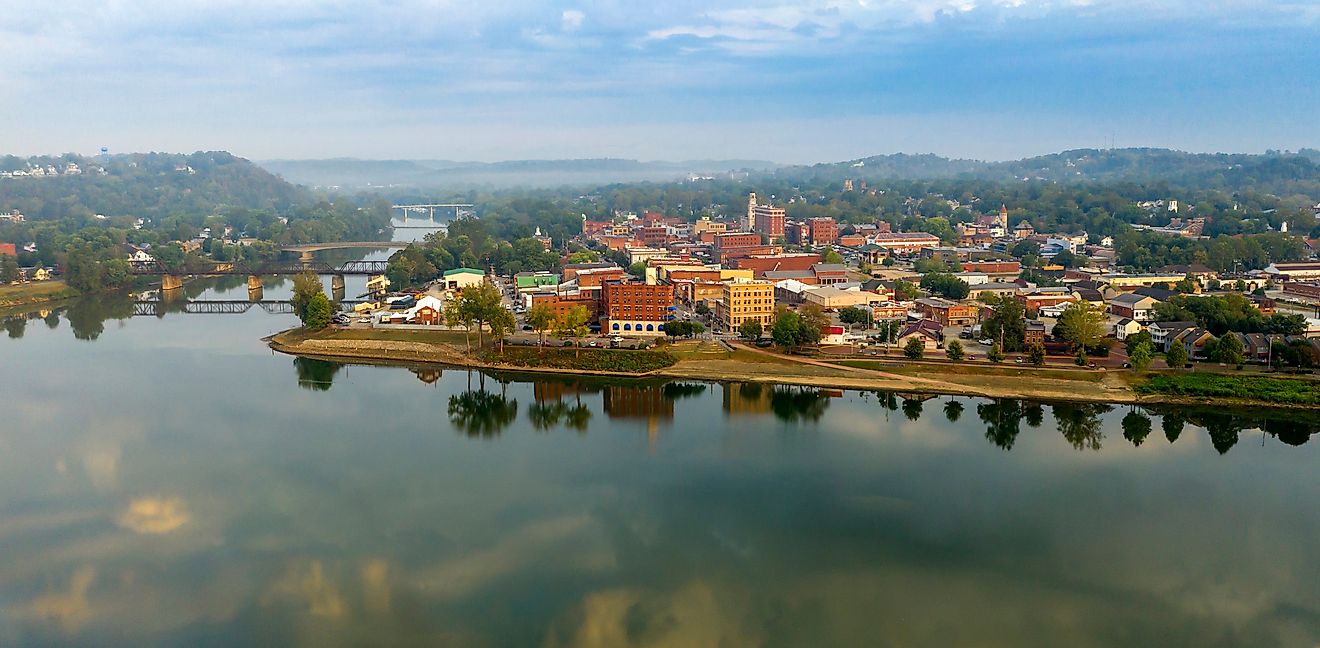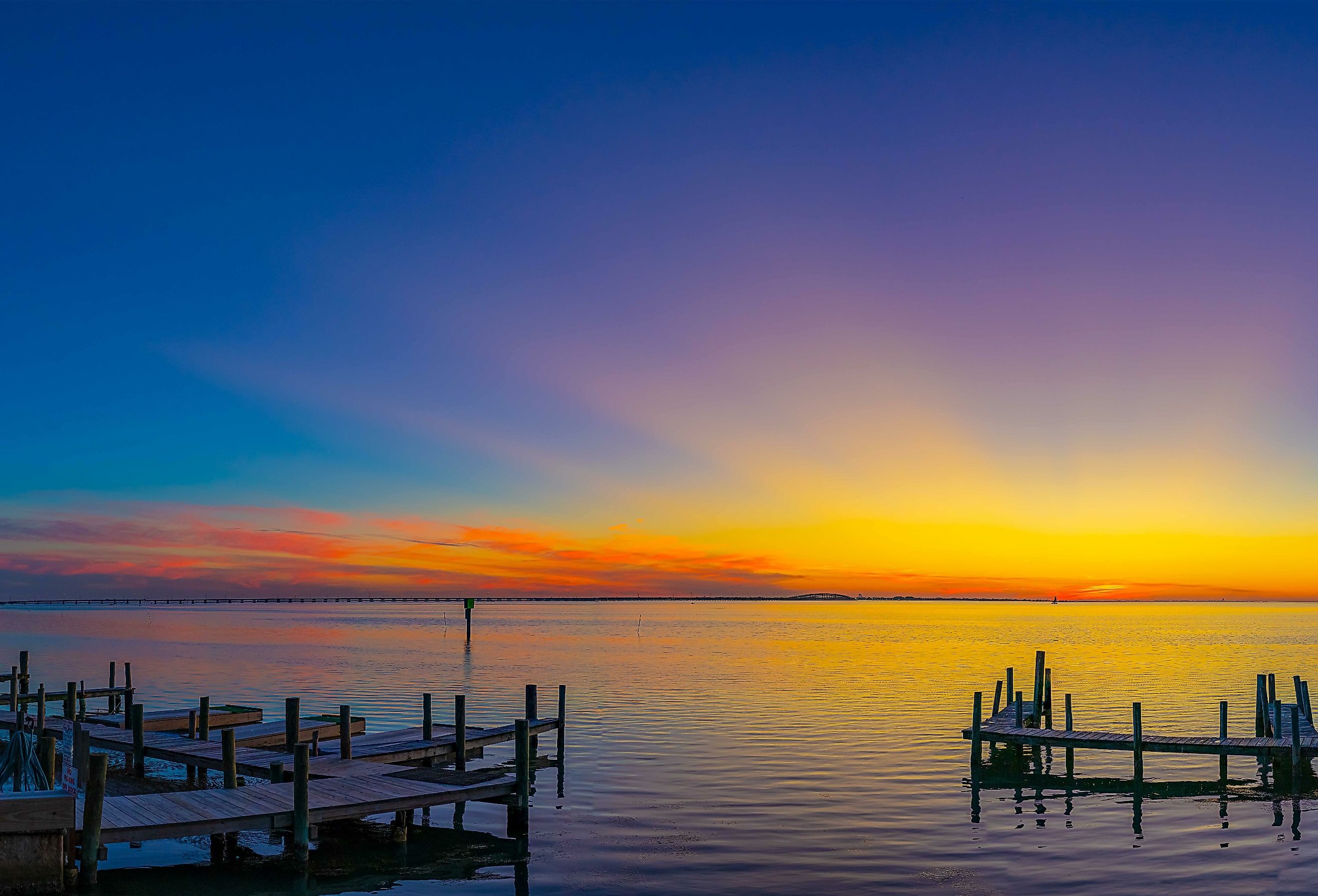
Padre Island
There are plenty of islands worldwide known to offer visitors a relaxing tropical getaway, while others are famous for a different purpose. Sitting in the South Texas coast overlooking the Gulf of Mexico lies the Padre Islands. Padre Island is famous for its miles of white sand beaches, and is home to the longest sand beach in the US. This sand-barrier island may not be an ideal tropical destination, but it is essential to the local ecosystem and environment.
Where Is Padre Island?
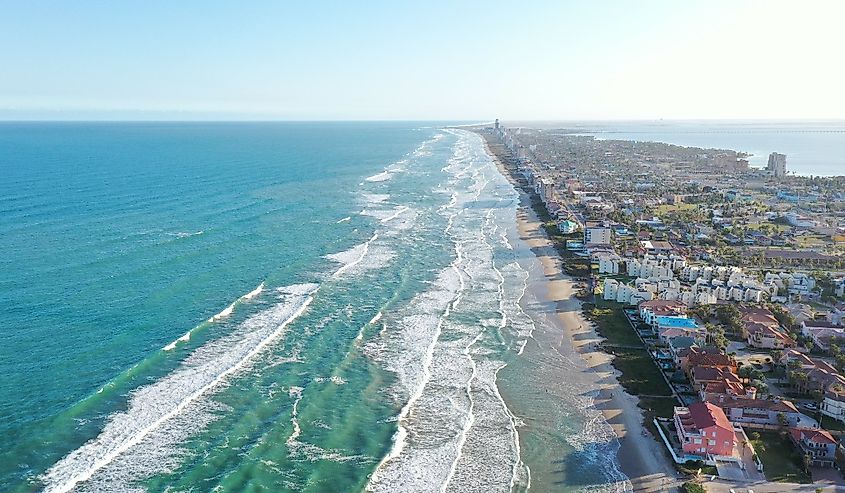
Padre Island is located in the Gulf of Mexico in Texas' southeastern coast. Specifically, this narrow island extends east of Corpus Christi to the opposite of Port Isabel (north of the Mexican border). It is separated from the mainland via the Laguna Madre, part of the Intracoastal Waterway. Padre Island is also divided by the Port Mansfield Channel.
Geography Of Padre Island
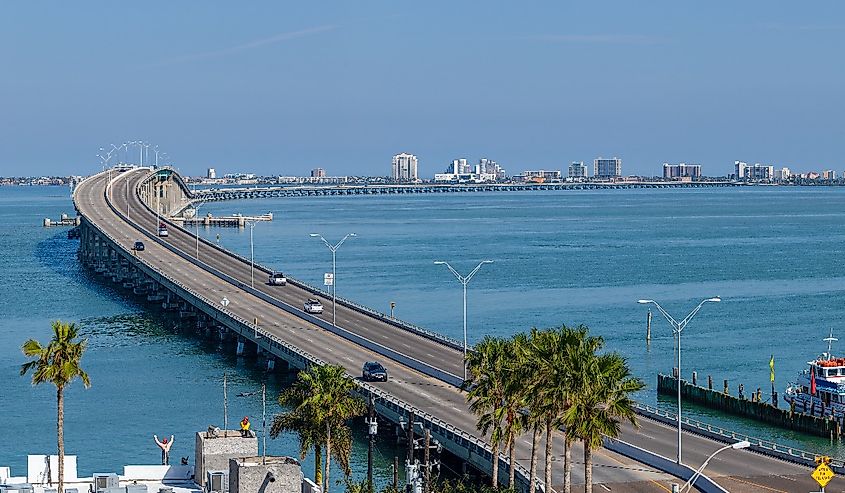
It is speculated that the island formed around 3,000 BC (at the earliest), and estimated that the island is around 3,000 to 5,000 years of age.The island's fine silt and sand deposition is a product of slow, consistent sea erosion and deposition processes. Sea shells and other objects from the river (or the Gulf) have also ended up on the shores of Padre Island, which is narrow in nature. Padre Island is a barrier island known to be so narrow that no area is wider than three miles! A prominent natural feature at Padre Island is its sand dunes, which form a natural dike to protect grassland destruction from storm tides.
In 1991, Padre Island was divided into north, south, and central districts. The north and south districts were developed for residential (or recreational) and resort purposes, while the central district encompasses the Padre Island National Seashore (designated in 1962). This national seashore covers an area of 203 square miles over 70 miles.
The History Of Padre Island
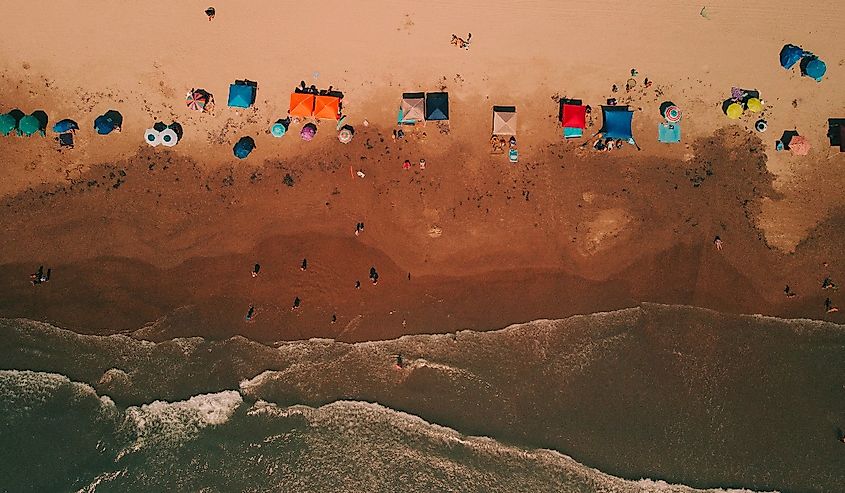
Since the island's formation, Native Americans may have visited or inhabited the island. Other estimates claim that from 2,700 to 1,000 BC, Native Americans may have lived on the island. Padre Island's most recent inhabitants may have been the Coahuiltecans and the Karankawas. It is possible that up until the 1800s, the Karankawan and Coahuiltecan people visited Padre Island on a seasonal basis.
Captain Alonso Alvarez de Pineda was the first European to explore the area of the Gulf of Mexico from Florida to Veracruz in the early 16th century. Pineda mapped the area out, including Padre Island, which was nicknamed "La Isla Blanca" (or "White Island") at the time.
There are no records of Pineda stepping on the island, though it is speculated that he may have seen it off-shore. It is also believed that other European explorers may have passed through the island's vicinity or visited it at least once (though there was no direct evidence to place them on the island physically), including the likes of Cabeza de Vaca and Luis Moscoso. For the next 200 years, only a few people passed through Padre Island. Specifically, around 1686 to 1687, the crew from two Spanish expeditions may have set foot on Padre Island. They described the islands as an area that was low-lying, marshy, with few trees, tall dunes, tall grass, and susceptible to flooding.
In 1766, the Spanish government asked Colonel Ortiz Parilla to scout the coastal area for English settlements. The Colonel did not find English settlements but drew a map of several native communities on an island and English shipwrecks around the area. The island (which was then called "Isla Corpus Christi") was renamed "Isla de San Carlos de los Malaguitas" due to the settlement of the Malaquite community in the southern portion of the island.
In 1804, a priest known as Padre Jose Nicolas Balli established a ranch on the island, which led to the renaming of it to Isla del Padre Ballì. The ranch was named "Santa Cruz de Buena Vista" and reportedly was home to an operation of over 1,000 cattle.
Wildlife Of The Island
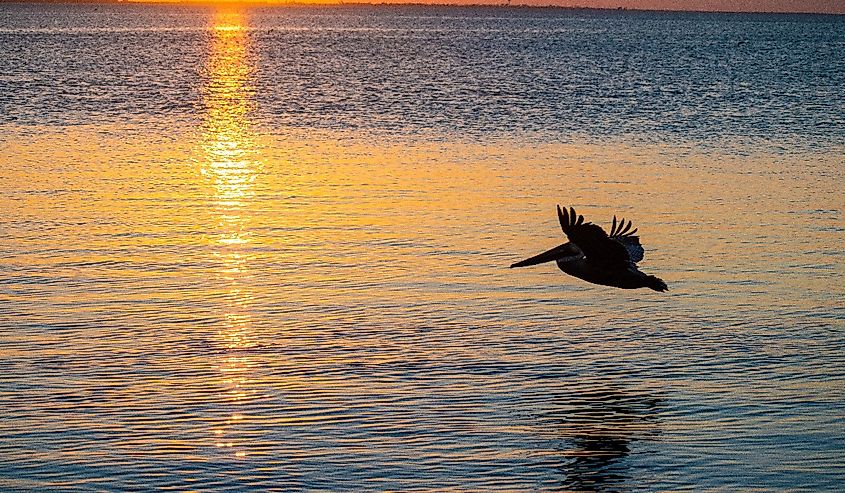
Padre Island is home to over 400 plant species, including endemic species like the oily live oak tree (Quercus fusiformis) or the federally protected roughseed seapurslane (scientifically known as Sesuvium trianthemoides). Though few trees are left on the island, varieties like mesquite or willow remain on Padre Island. Wildflowers also adorn the seashores of Padre Island, including the Padre Island Mistflower, the Scarlet Pea, and the Railroad Vine.
Land animal inhabitants of the island also include species like blacktail jackrabbits, ground squirrels, kangaroo rats, coyotes, and eastern moles. Waterfowl species like herons, ibis, spoonbills, pelicans, ducks, geese, and egrets may also be found on Padre Island. Overall, there are over 380 bird species on Padre Island, of which 13 of their populations are classified as concerned, threatened, or endangered.
Top Attractions In Padre Island
Padre Island's top attractions are related to nature and wildlife. Here, visitors can visit the island's top attractions while learning about its complex environment, unique wildlife profile, and landscape. Padre Island is a perfect destination for curious travelers with a soft spot for nature.
Padre Island National Seashore
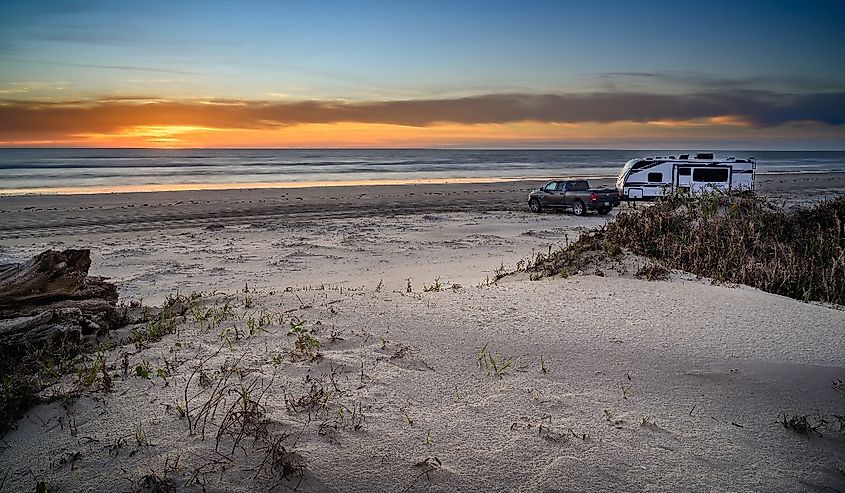
This national seashore comprises most of Padre Island, with a seashore that measures 70 miles long. The Padre Island National Seashore consists of a prairie or grassland environment studded with ephemeral marshes or ponds. This unique natural landscape also hosts an intricate and complex dune system and is home to hypersaline lagoon environments, which are rare in the world today. Most of the seashore can only be accessed using a four-wheel drive.
South Padre Island Birding And Nature Center
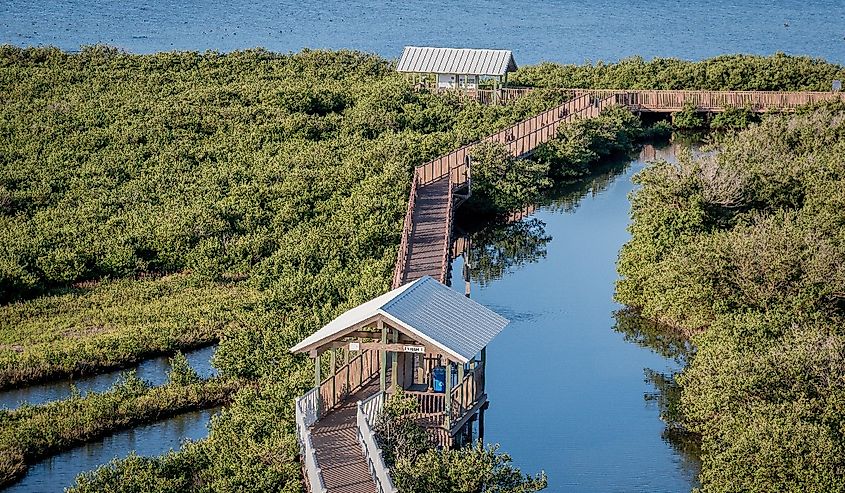
The South Padre Island Birding and Nature Center allow visitors to witness the flora and fauna of South Padre Island in its natural habitat. The nature center includes over 3,300 feet of picturesque boardwalk, five bird blinds, and a five-story viewing tower over 50 acres of native wetlands. There are also guided bird walks, a butterfly garden, and an alligator sanctuary at this South Padre Island tourist attraction!
Isla Blanca Park
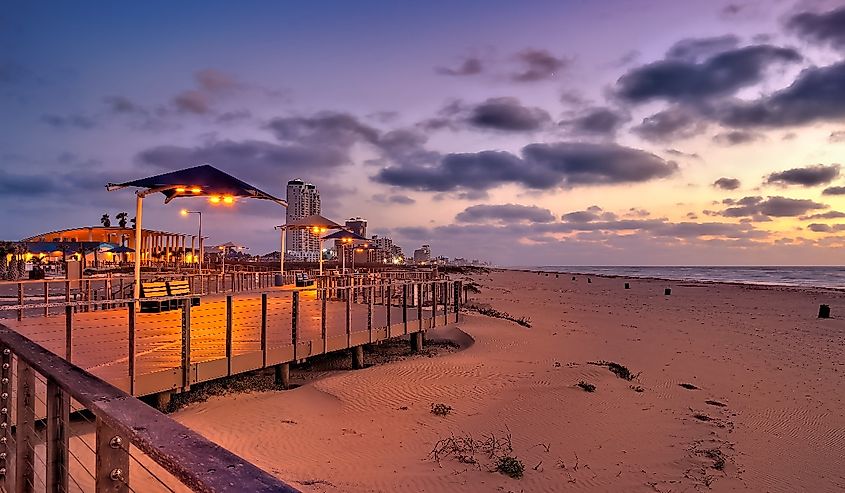
Isla Blanca Park sits at the southernmost tip of South Padre Island. Isla Blanca is a sprawling RV park, considered a "crown jewel" of the Parks system. The park is a beachfront facility with beachfront pavilions, concessions, parking spots, walking trails, tent sites, shower (and restroom) facilities, and other recreational activities services. It's easy to access the town from Isla Blanca Park while offering over a mile of beachfront access.
Padre Island is not a typical idyllic island for a tropical beach getaway. Instead, this Southern Texas island is an example of a pristine grassland environment with dunes, hypersaline lagoons, and a selection of unique species. This small island by the Gulf of Mexico is waiting to be explored by curious nature lovers.
